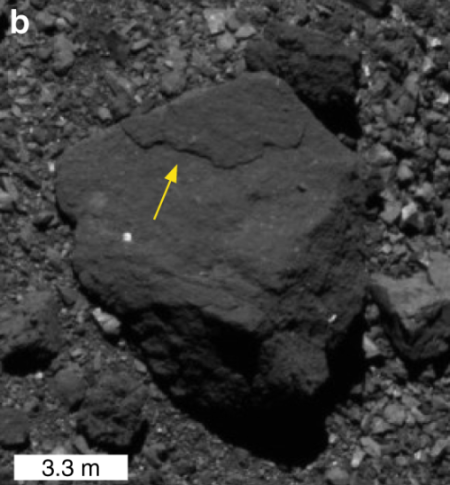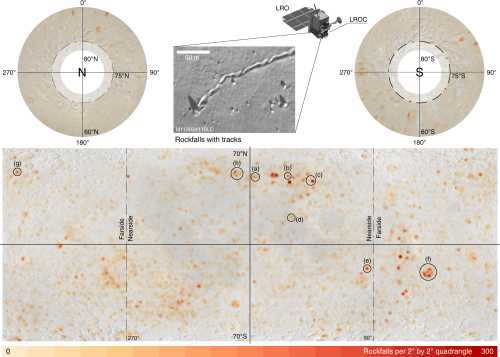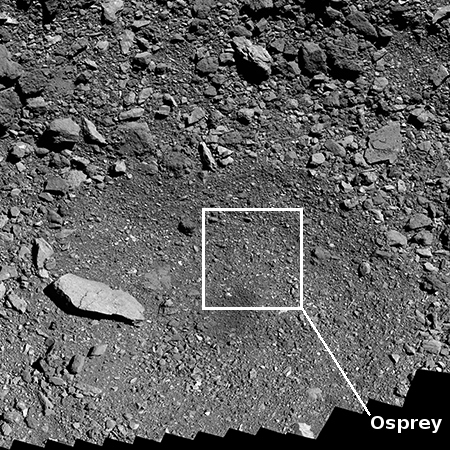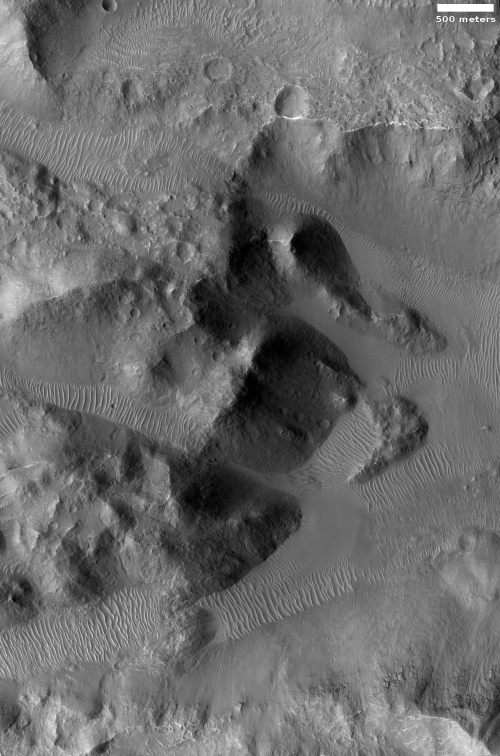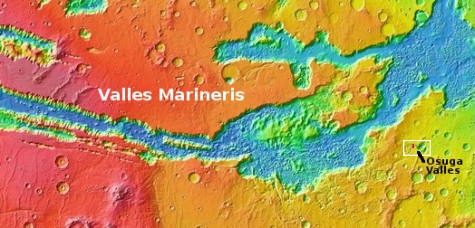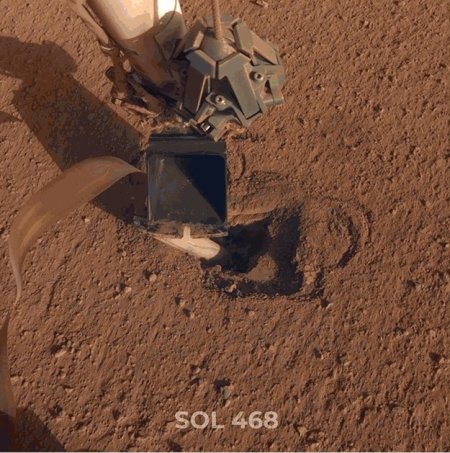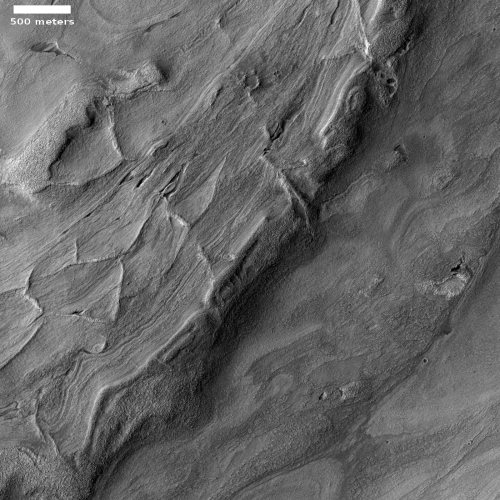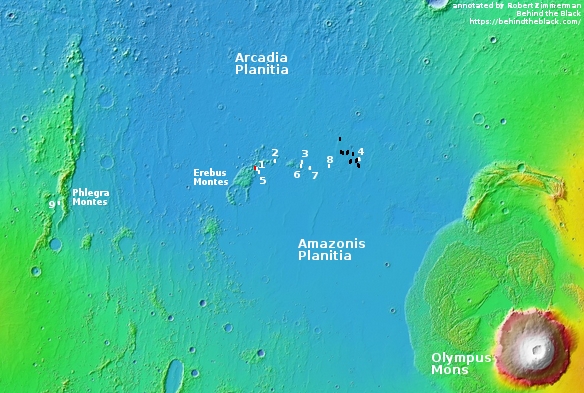NASA aiming for late July/early August Dragon crew return
According to statements made by NASA officials today, the agency is now targeting a late July to early August return date for the first manned Dragon.
Bob Behnken, one of the two Dragon astronauts, will likely do two spacewalks while on ISS to replace batteries on the stations main truss. In addition, they will do a number of tests of Dragon to check out its in-space long term operation.
Mission controllers planned to place the Dragon capsule into a hibernation mode, then wake up the ship’s systems to verify the spacecraft can perform its role as a quick-response lifeboat to scurry astronauts back to Earth in the event of an emergency. Mission managers are also checking data to monitor the status of the solar arrays.
It appears however that the biggest factor for determining the launch date will be weather conditions in the Gulf of Mexico. If they are good in late July mission managers might decide to return the astronauts earlier to take advantage of those conditions.
The next Dragon manned flight, carrying four astronauts, is planned in late August, thus giving NASA time to do a full assessment of this first demo flight before its launch.
According to statements made by NASA officials today, the agency is now targeting a late July to early August return date for the first manned Dragon.
Bob Behnken, one of the two Dragon astronauts, will likely do two spacewalks while on ISS to replace batteries on the stations main truss. In addition, they will do a number of tests of Dragon to check out its in-space long term operation.
Mission controllers planned to place the Dragon capsule into a hibernation mode, then wake up the ship’s systems to verify the spacecraft can perform its role as a quick-response lifeboat to scurry astronauts back to Earth in the event of an emergency. Mission managers are also checking data to monitor the status of the solar arrays.
It appears however that the biggest factor for determining the launch date will be weather conditions in the Gulf of Mexico. If they are good in late July mission managers might decide to return the astronauts earlier to take advantage of those conditions.
The next Dragon manned flight, carrying four astronauts, is planned in late August, thus giving NASA time to do a full assessment of this first demo flight before its launch.

